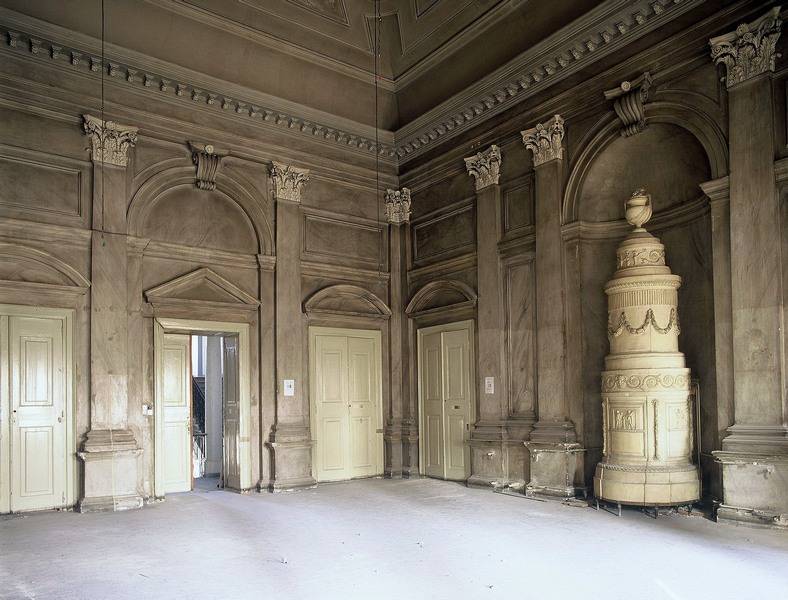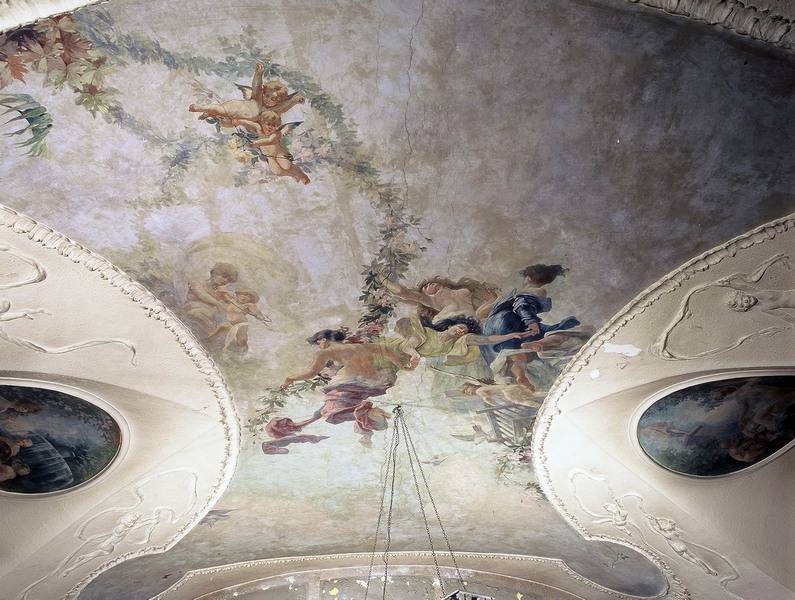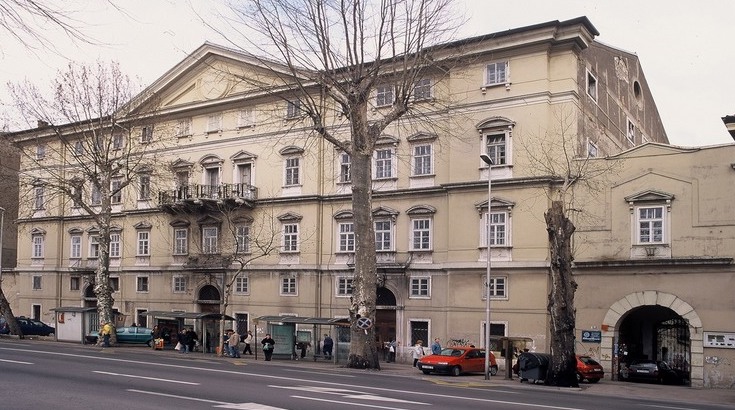History of Rijeka
Find out more about how Roman Tarsatica grew into Rijeka – a city on the edge of civilisations since ancient times, a forever evolving fusion of cultures, languages and traditions that made it a city where different is ordinary!
Scroll down to learn more about Rijeka's past!
The Iron Age
10th century BC - 5th century
History of Rijeka starts in the Palaeolithic and Neolithic periods with a few prehistoric castles scattered around the Kvarner bay, the most significant on the Trsat hill. The area was inhabited by an ancient tribe Liburnians since at least 9thcentury BC, where they settled after participating in sea migrations of tribes from Asia to Europe. Due to scarcity of farming land, they mainly engaged in making typical Mediterranean products like oil and wine and trading through sea and land.
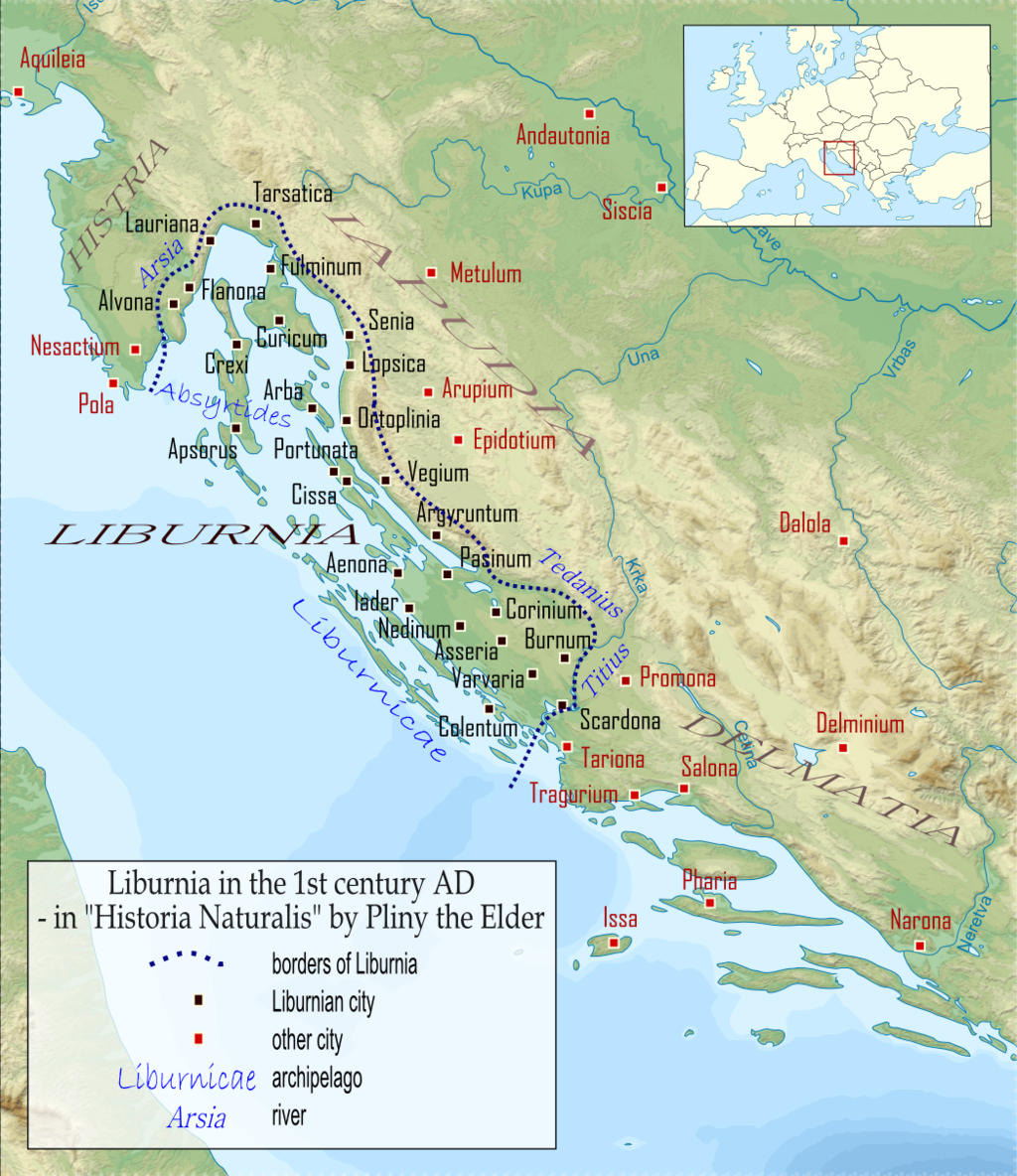
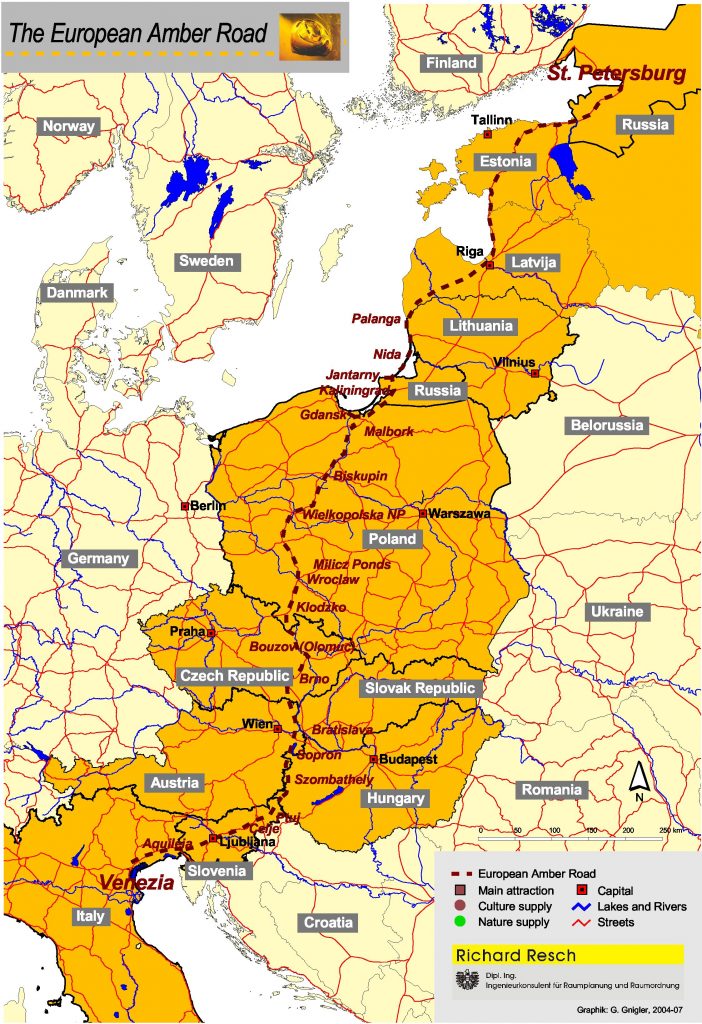
Fun fact!
The Amber Road
- The Amber road is a Palaeolithic trade route starting from Baltic, where amber was produced, to the Mediterranean Sea.
- In Greek mythology, the islands in the Kvarner bay were called Elektrides (amber in Greek), most probably because Tarsatica was the among the ports where land and sea routes met and trading flourished!
Roman Province of Dalmatia
Tarsatica
The first truly urban beginning was when the Romans established a municipium Tarsatica on the right bank of the river Riječina (Croatian for big river), where the city centre is today. Tarsatica was part of Roman Province of Dalmatia until the 6th century.
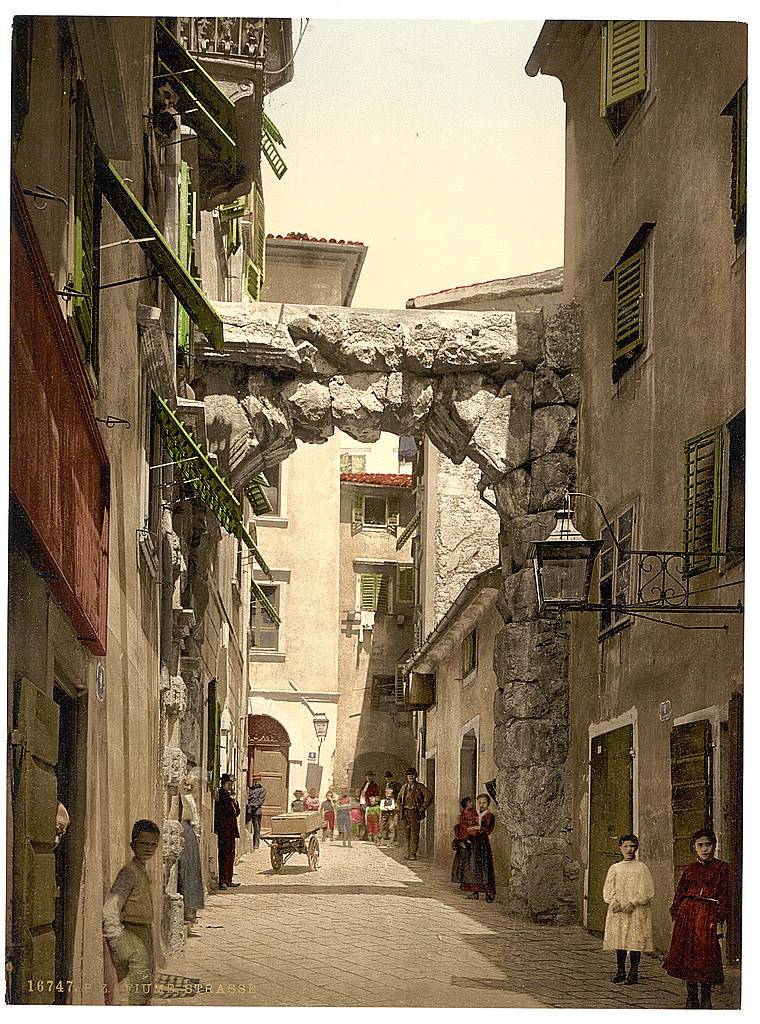
There are several archaeological findings across the centre, such as city walls, Roman baths and building walls in the city centre. The most preserved is the Roman arch, still standing as an entrance to the Principia of the Alpine enclosure!
Due to having a well sheltered bay, narrow shore with hills all around it and an abundance of fresh water, Rijeka is an easily defended natural port and hence was in store for a prosperous future!
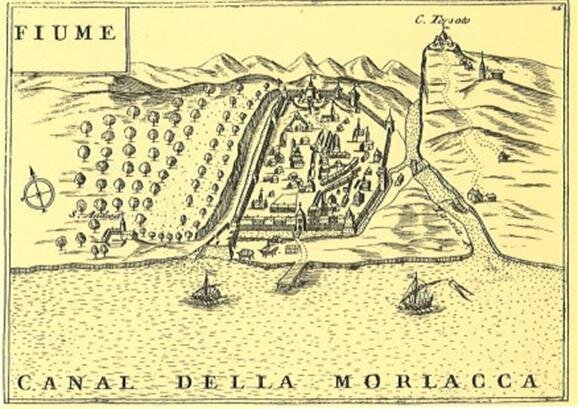
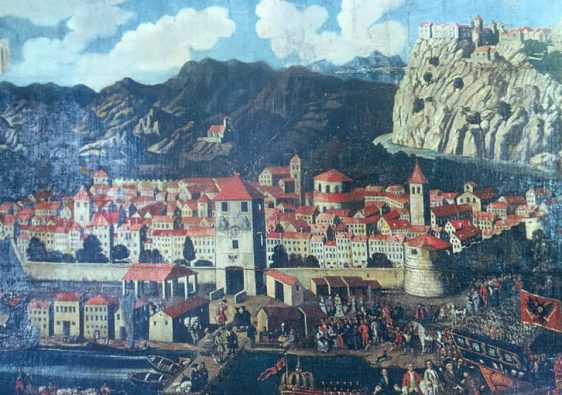
The Middle Age
5th - 15th century
After the fall of the Western Roman Empire in the 5th century, the city fell under the reign of different rulers, until the arrival of Slavic settlers – Croats in the 7th century. They saw the potential of this ancient port and formed their new home: Rijeka.
Flumen Sancti Viti
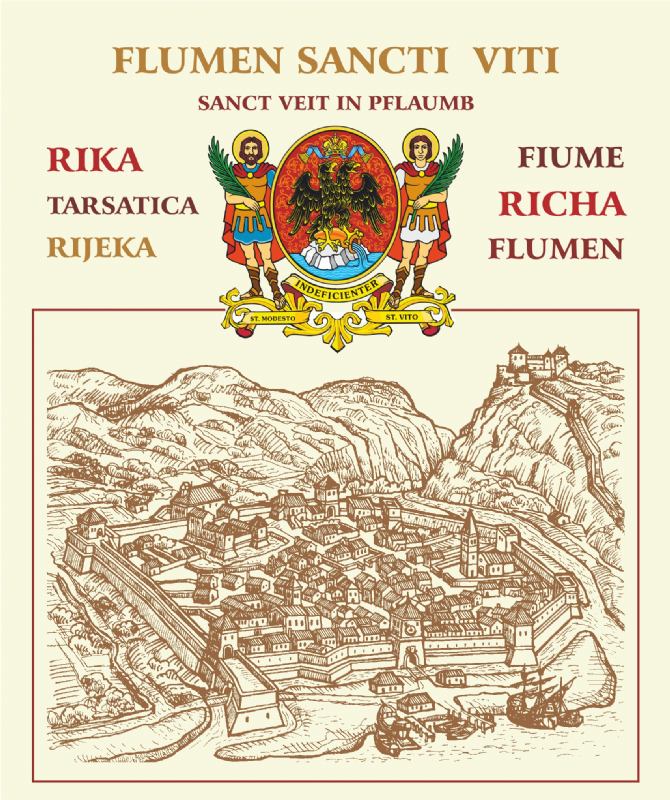
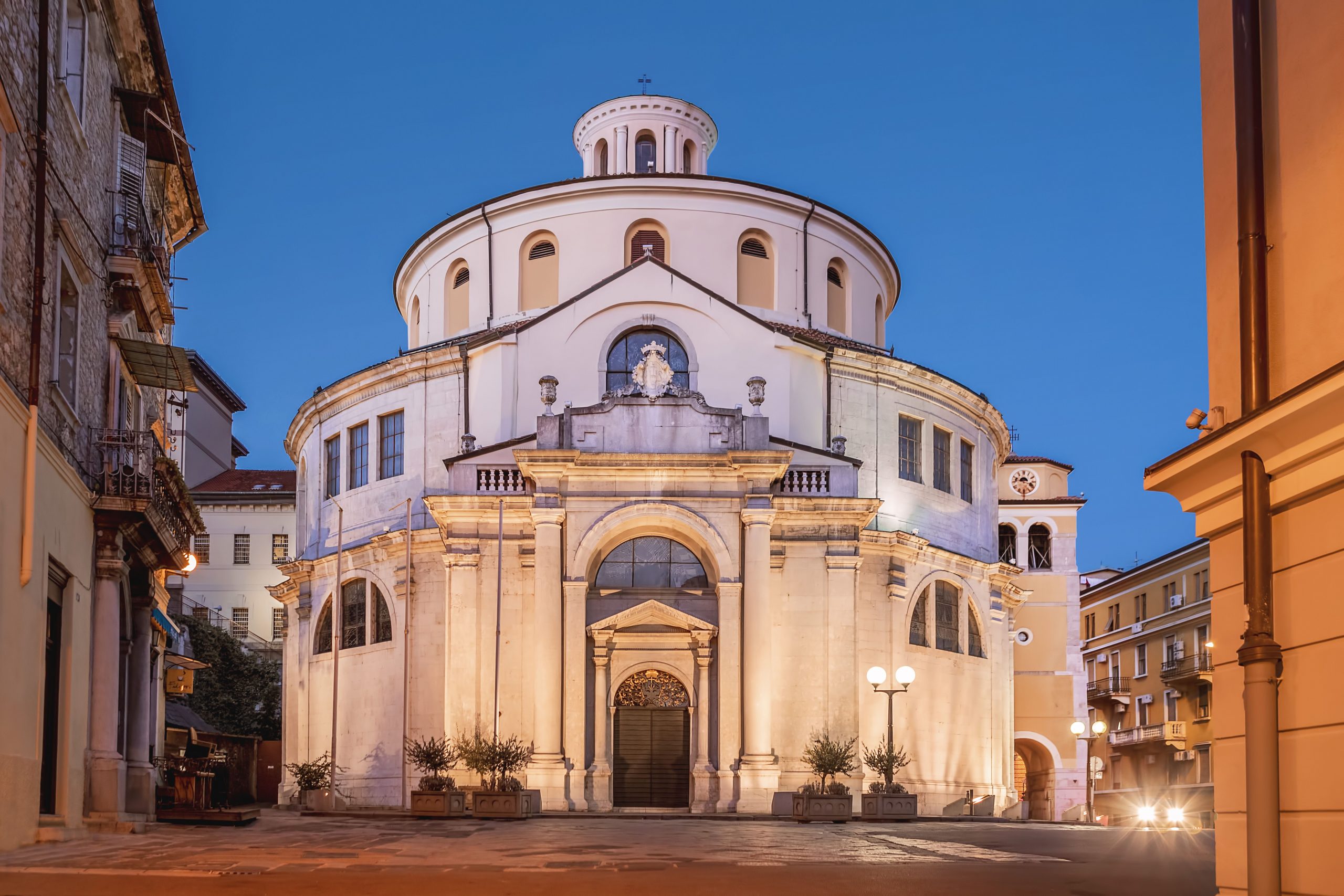
First medieval document mentioning it is from the 13th century, when there were two divided settlements in the area, Trsat on the hill on the left bank of the river Riječina, and Rijeka on the coast where Tarsatica used to be. Rijeka was a small fortified town split into an upper part with a medieval castle and St. Vitus church, and a lower residential and commercial part.
St. Vitus is the protector of Rijeka for many centuries now, and the St. Vitus church that used to be in upper part of the medieval town, still stands in the city centre! Because of this, the city was named Flumen Sancti Viti in Italian, or Sankt Veit am Pflaumb in German.
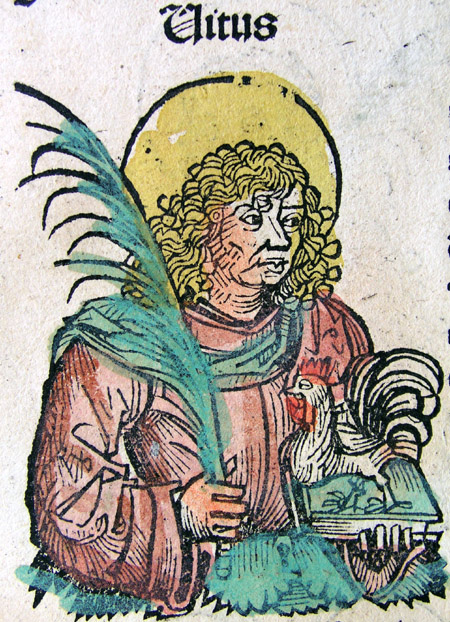
Influential families in Rijeka in 14th and 15th century
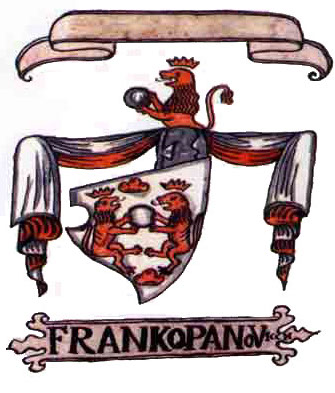
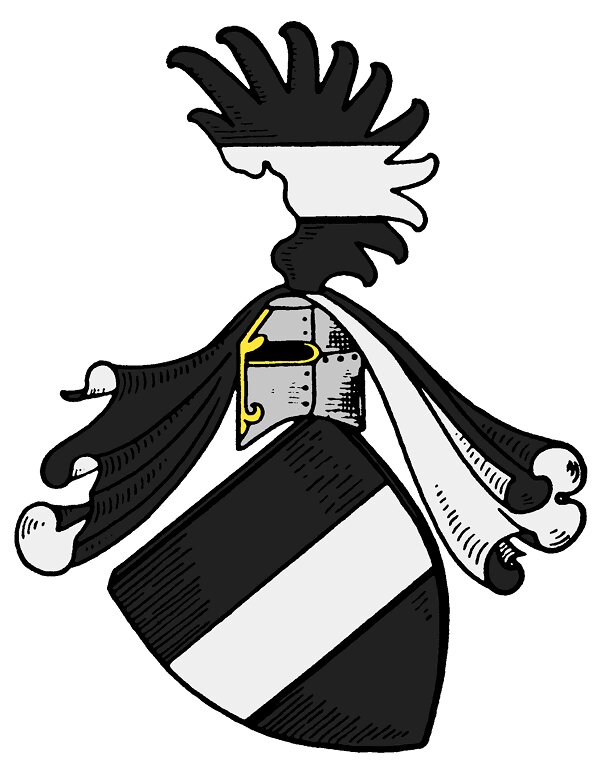
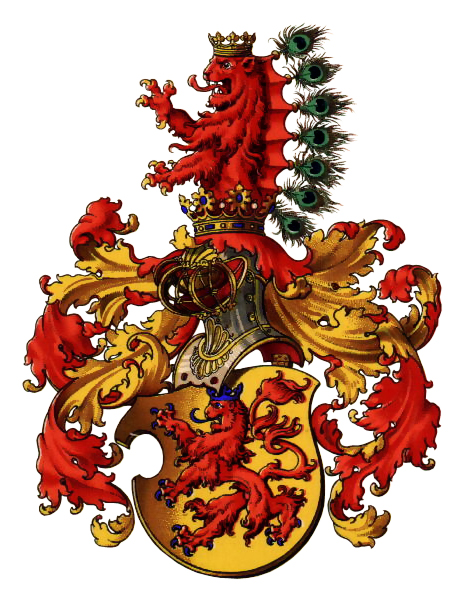
The Early Modern
15th - 18th century
As Rijeka gradually developed into a valuable port, the trade of iron, oil, wood, wool, cattle and leather throve in the 16thcentury. Among many advancements in this period is a printing house specifically for the old Croatian script – Glagoljica (Glagolitic script).
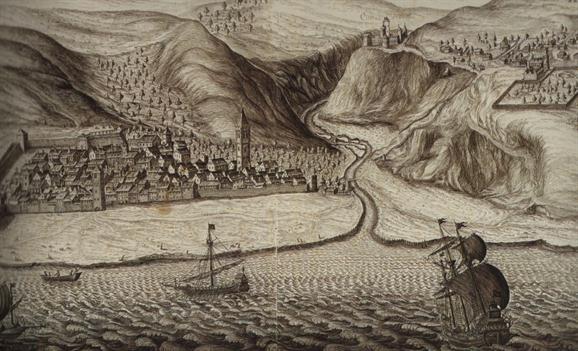
Oldest known slavic script
Glagoljica
Glagoljica is the oldest known Slavic script created in the 9th century by Saint Cyril, a Byzantine monk and his brother Saint Methodius. They were sent by Byzantine Emperor Michael III to spread Christianity among West Slavs, but had trouble translating liturgical books to Slavic language in Latin or Greek scripts.
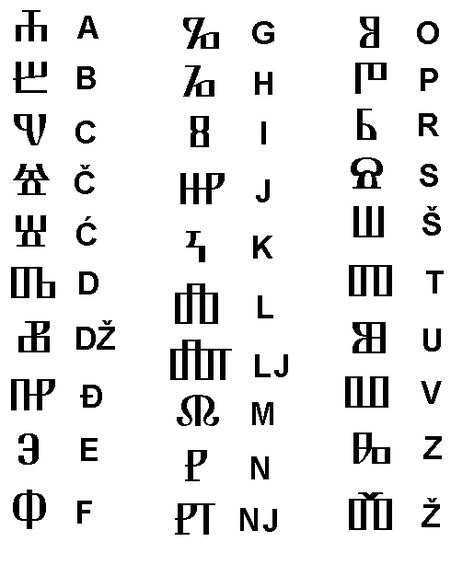
Hence, they invented a unique Slavic script, which was a primary script in Croatia for almost three centuries. Kvarner bay was the centre of its development and most influential area in Croatia.
On the left is a list of letters in Glagolitic and Latin scripts, while Baska tablet is on the picture below. It was crafted in c. 1100 AD on the island Krk and represents one of the oldest and most valuable Croatian monuments. It is made out of white limestone and includes records of King Zvonimir gifting a piece of the land to Benedictine abbey.
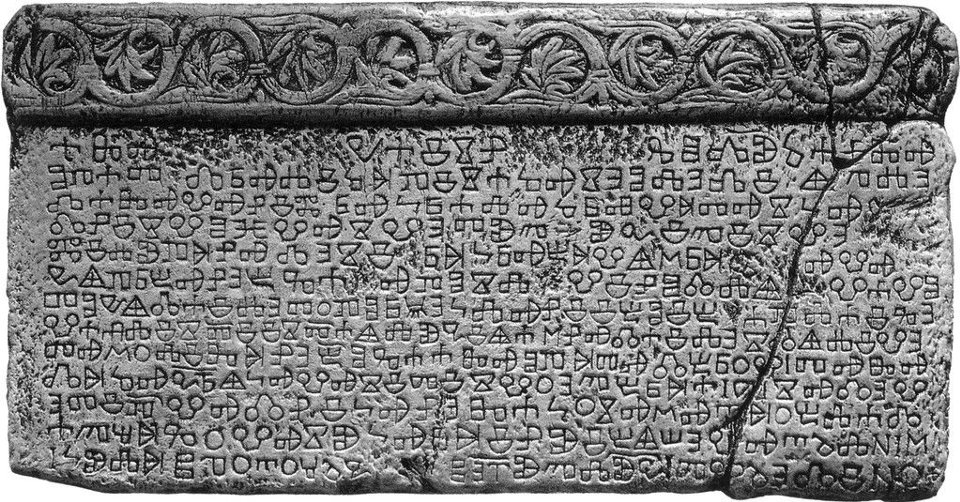
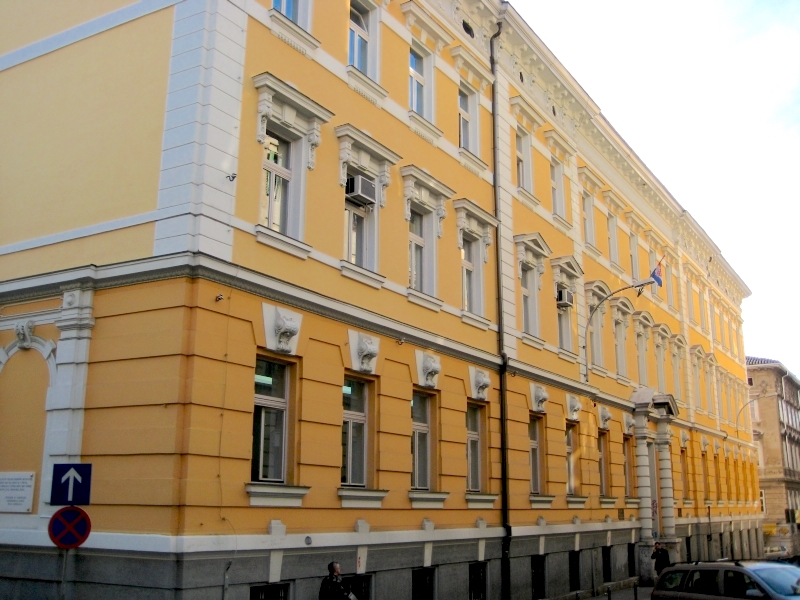
Unfortunately, the prosperity didn’t last for long. In the east, frequent Ottoman attacks interrupted the trade routes, in the north Hungarians were in throne wars, while eternally Venetians had conflicts with Uskoci.
The arrival of Jesuits in Rijeka marked a beginning of a calmer, cultural period where education prospered as they established the first high school in Rijeka on 23rd of October 1627. Today, the school is called First Rijeka Croatian Gymnasium, still includes Latin classes and educates the best of Rijeka’s young generations!
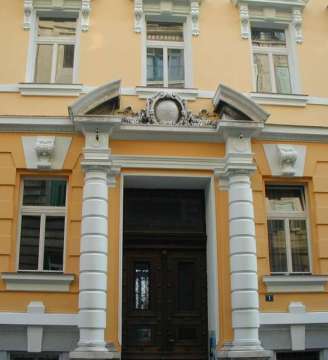
Unfortunately, this brought back roman influences, as the classes were thought in Latin, alike as in the rest of Europe. It also included writing in the Latin script, ultimately leading to Glagoljica being neglected in daily use, along with the Croatian language.
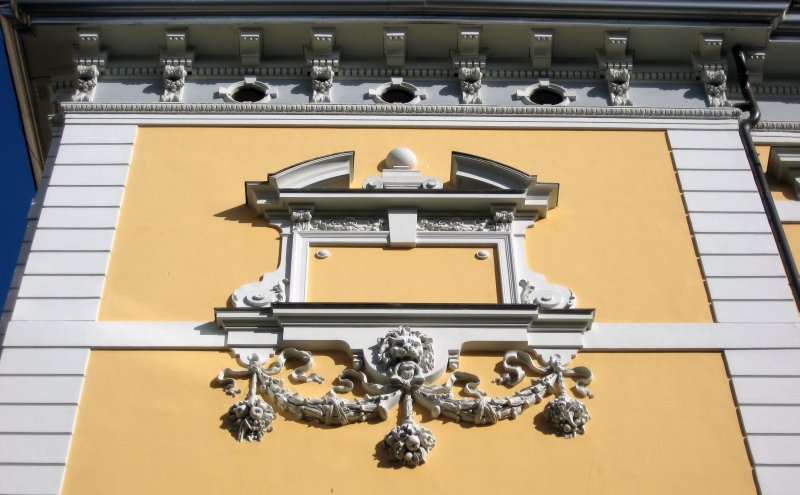
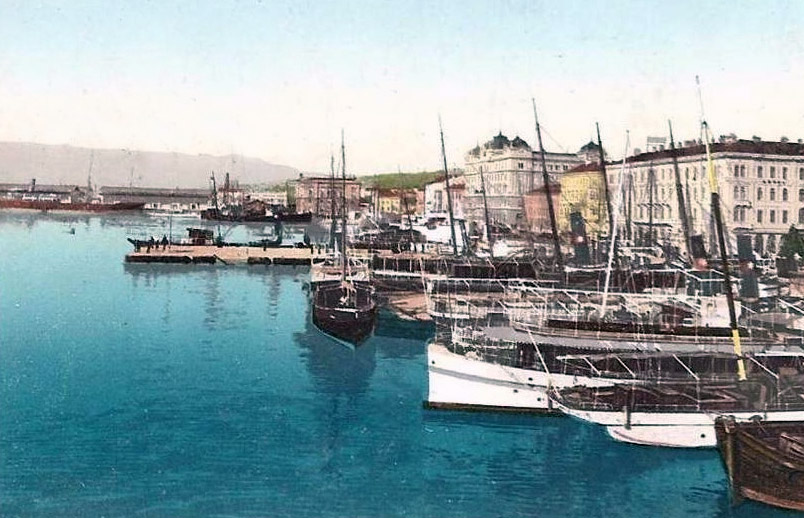
Late Modern
18th - 20th century
The late modern period in Rijeka is mostly marked by the end of continuous Ottoman attacks and getting the status of a free port by the Emperor Charles VI of Habsburg Monarchy in 1719. Rijeka’s economy gained momentum as the trade volumes to the city from the Monarchy grew and the city was established as a vital port for this landlocked empire.
“Separated body” status
Corpus separatum
On the 23rd of April 1779, Maria Theresa as a Queen of Hungary gave Rijeka a special status no other city had in the Kingdom, a corpus separatum adnexum sacra hungaricae coronae. This meant Rijeka and its district was a “separated body” from the Kingdom of Hungary and had institutional autonomy. This status lasted until the French occupation in 1809.
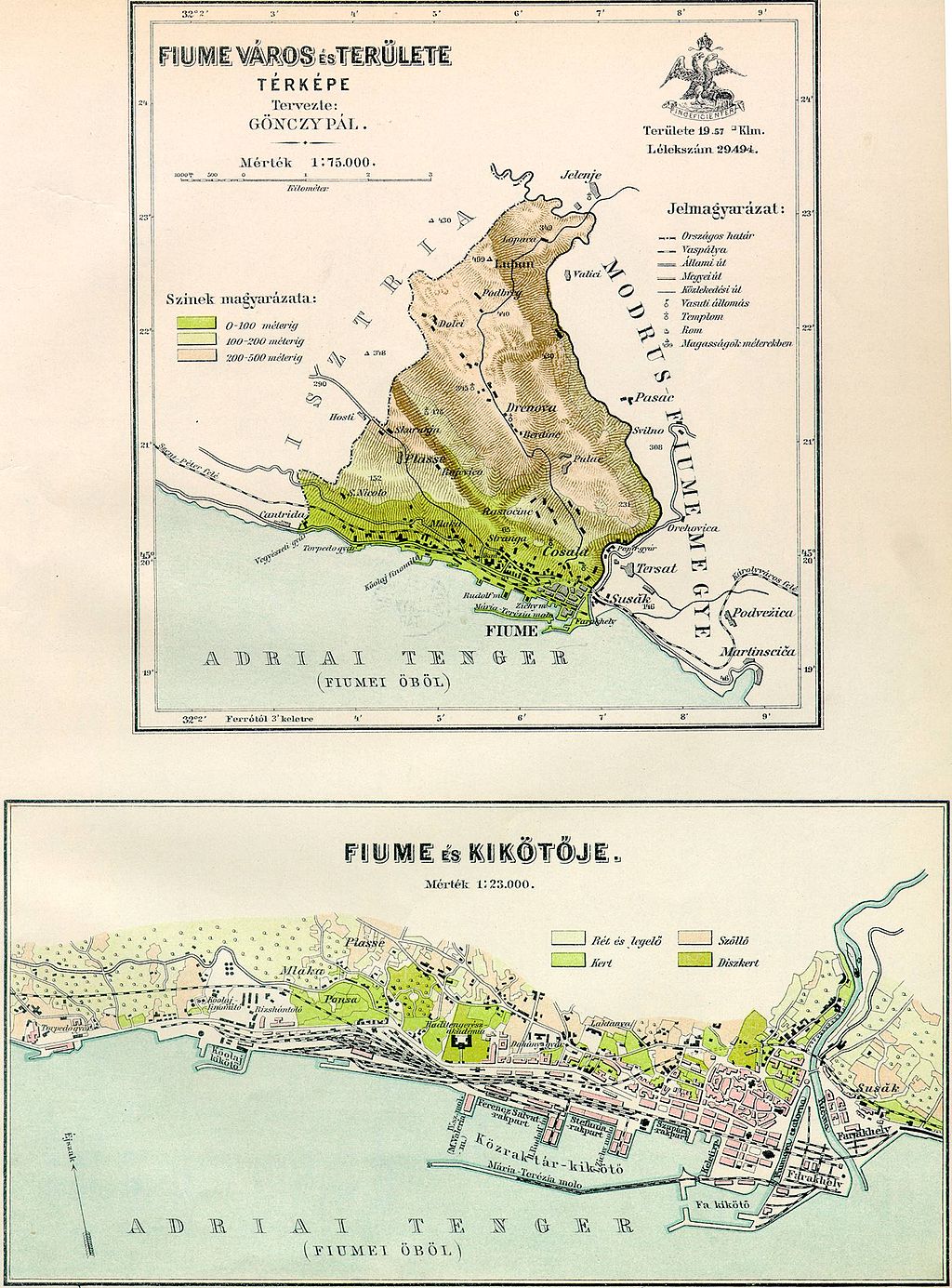
The status was renewed in 1868. in the Croatian-Hungarian Settlement, in which Rijeka got back its Corpus Separatum status which would last until the Fall of Austro-Hungarian Empire in 1918.
The territorial division of the area can be seen on the pictures above. The picture on the right represents the original document of Rijeka’s status in the Croatian-Hungarian Settlement.
In these years, Rijeka rapidly started expanding outside of the city walls and evolving its industry. To improve the connectivity of the port with the rest of the Empire, a railway was built in 1873, together with the rail station which is still there today. Many buildings in the city centre remind of these prosperous times, such as the Governors Palace, oil refinery, torpedo factory and several others.
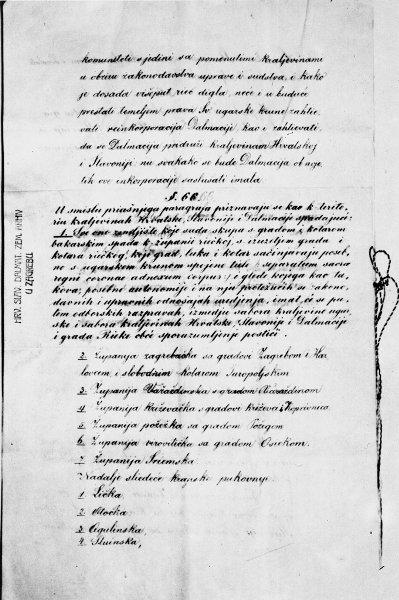
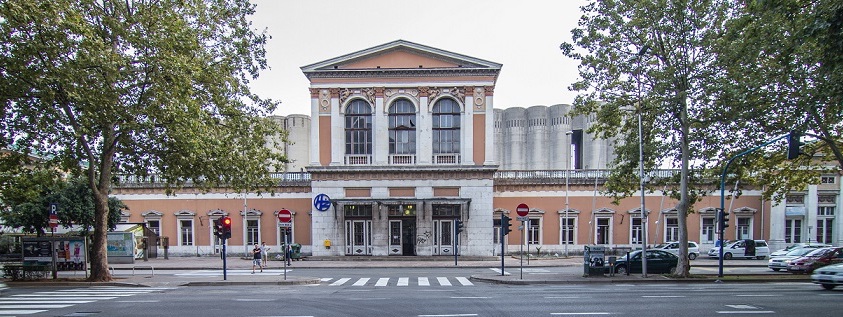
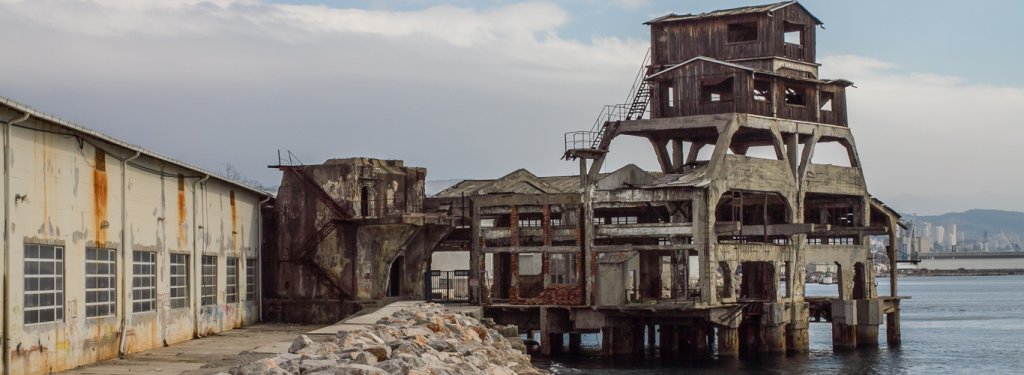
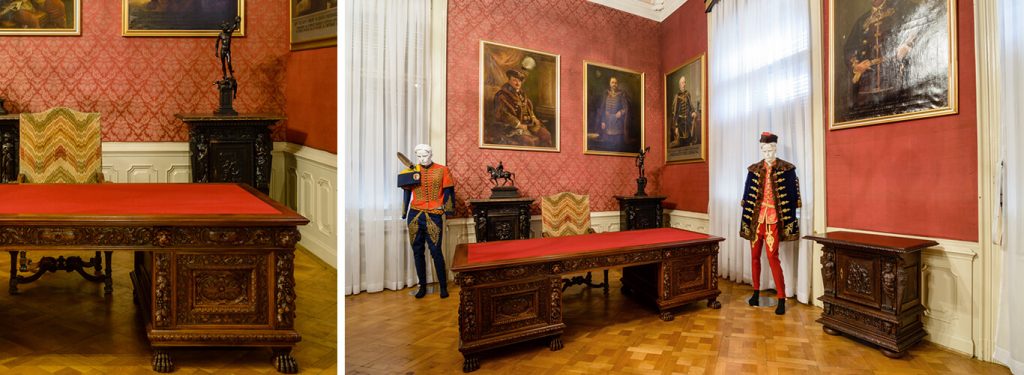
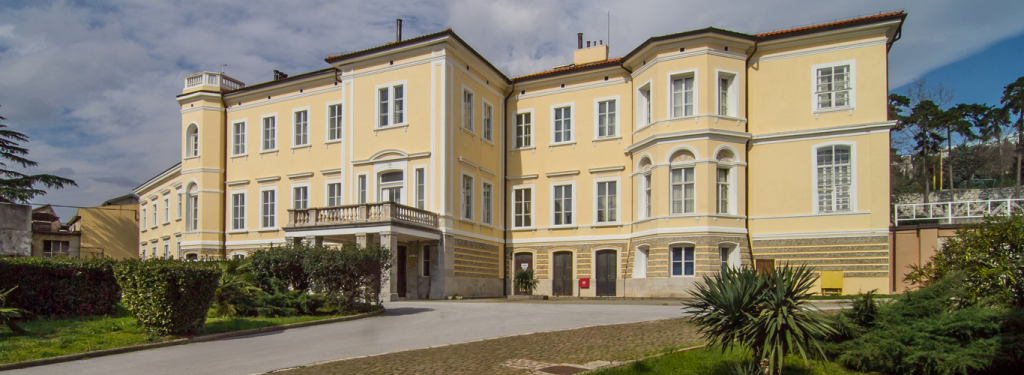
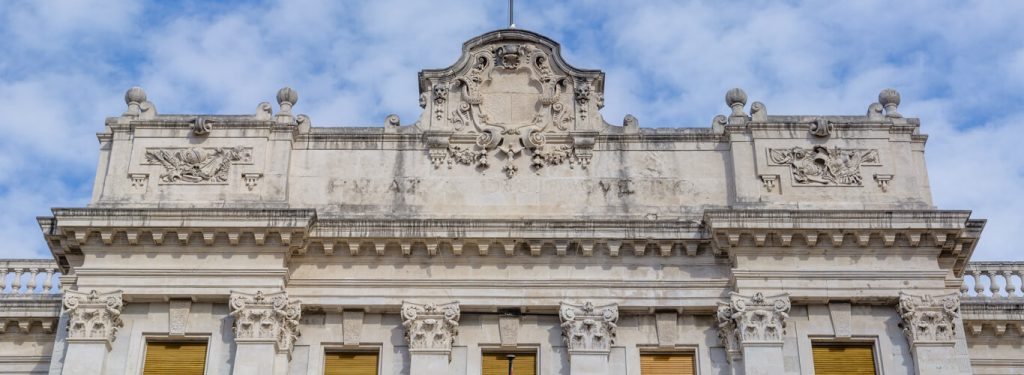
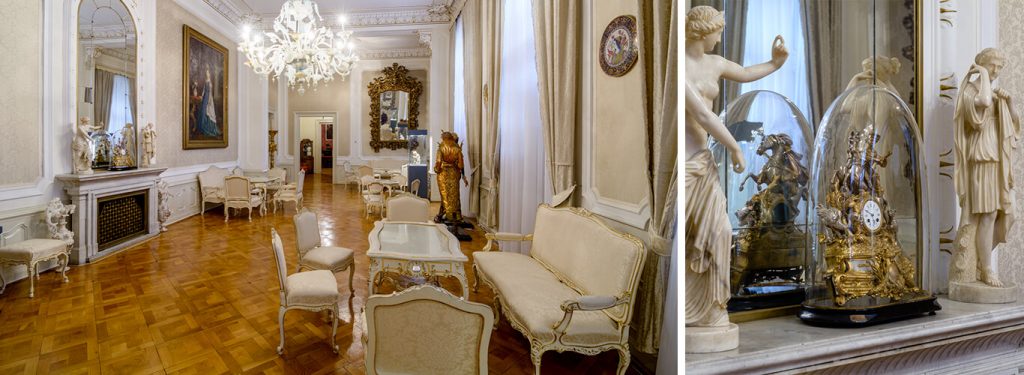
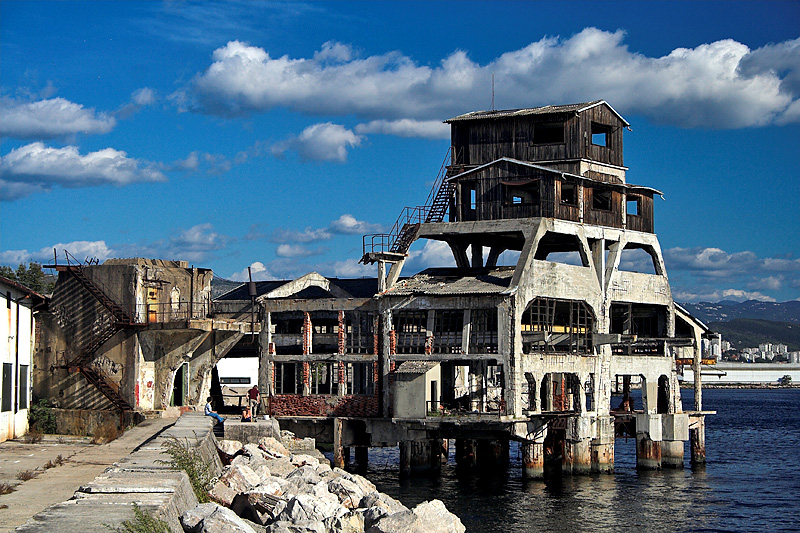
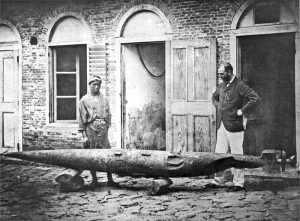
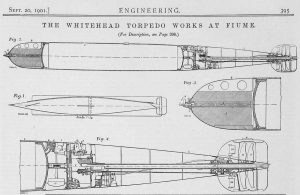
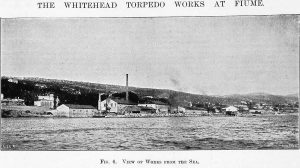
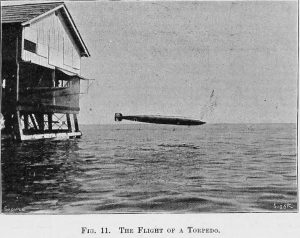
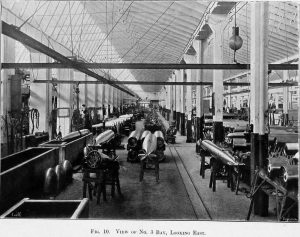
Fun fact!
World's First Torpedo Factory
- First self-propelled torpedo was created by Robert Whitehead in 1868 in Rijeka. He later founded a first torpedo factory with help from the Austrian government, while the torpedo launch ramp is still standing as a reminder of the rich past!
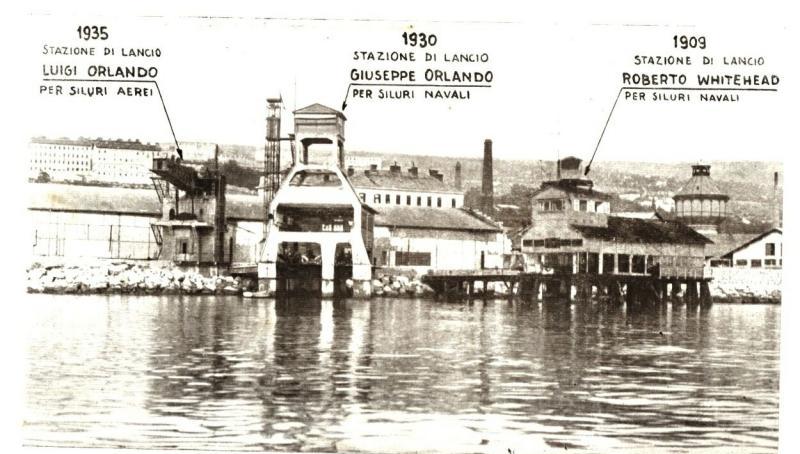
Casa Veneziana
This magnificent building from 1886. was the home of Robert Whitehouse, owner of Torpedo factory.
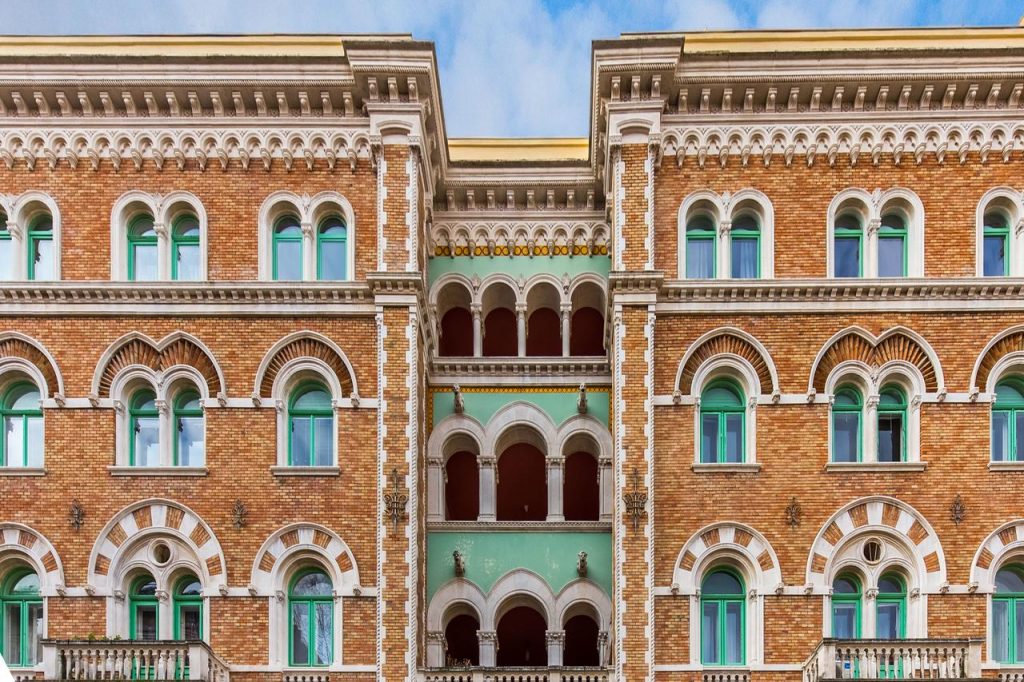
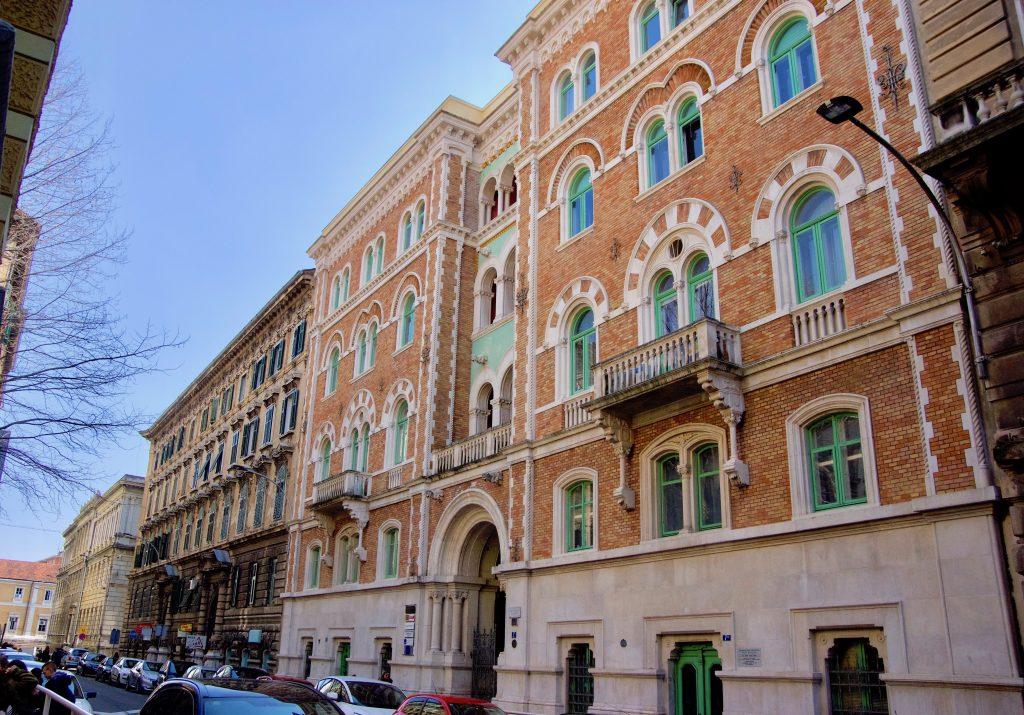
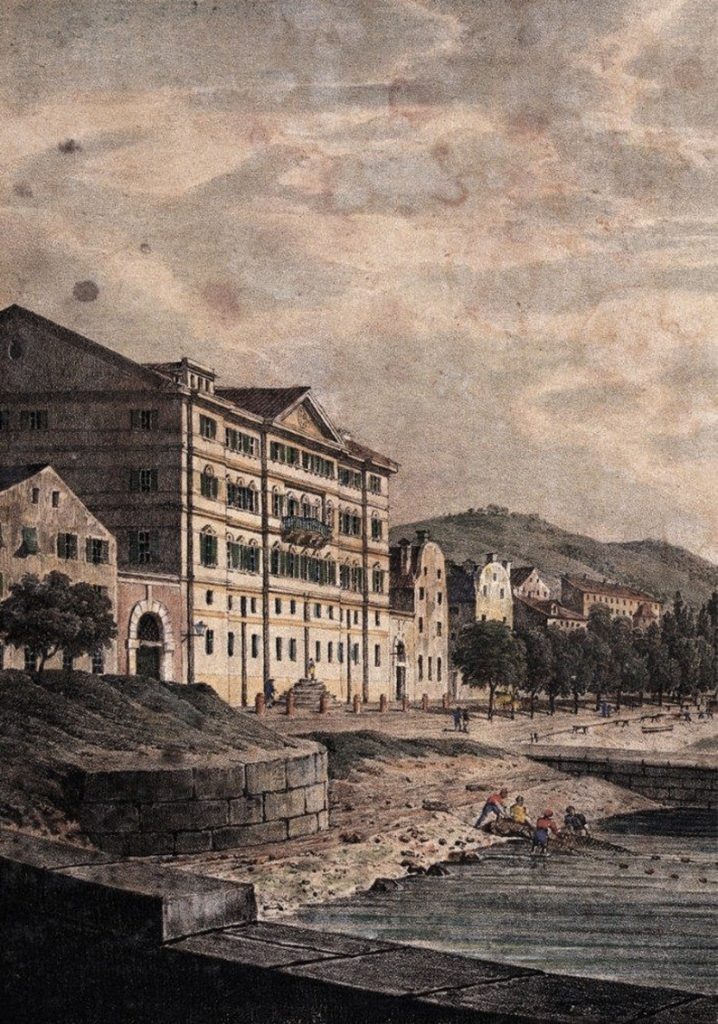
In 1728. the Emperor visited Rijeka to open the Caroline road from Karlovac to Rijeka. After multiple tries of the Monarchy to found companies in Rijeka, Arnold & Co. in 1750 was a big success and the first sugar factory in Croatia.
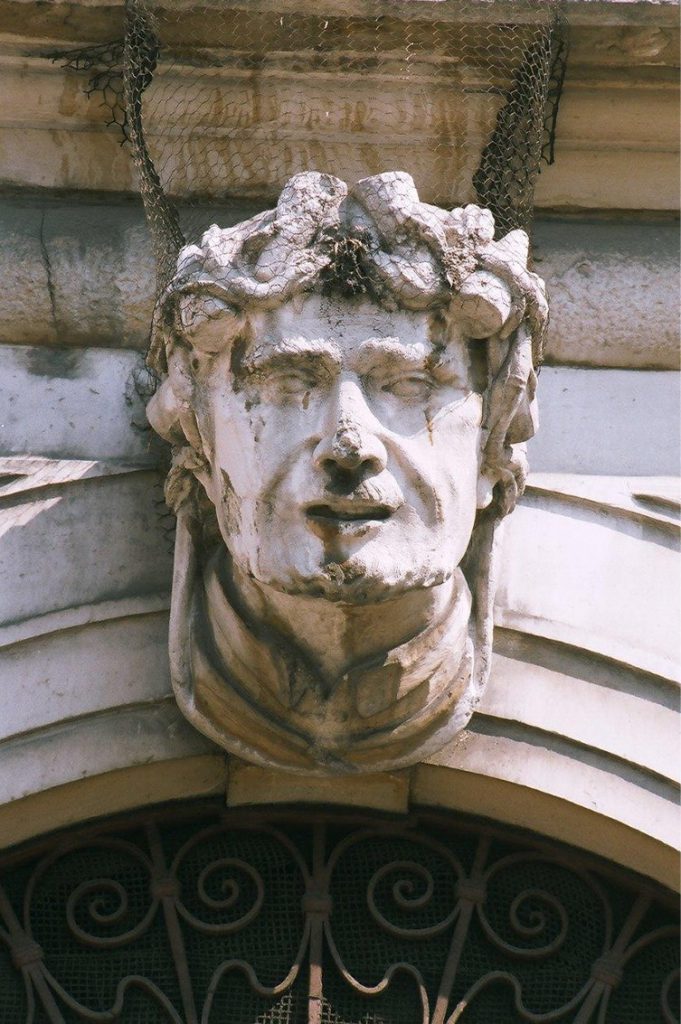
The factory was producing enough sugar for the whole Austro-Hungarian area. From there, Rijeka’s industrial development spiralled, and any prominent factories were built.
